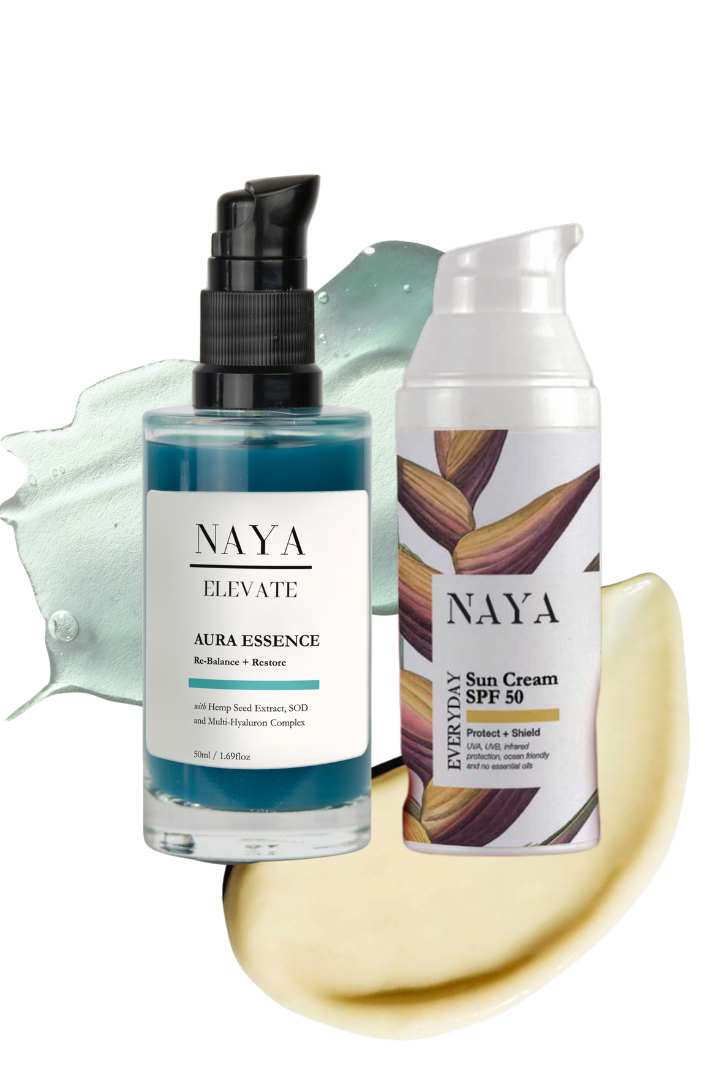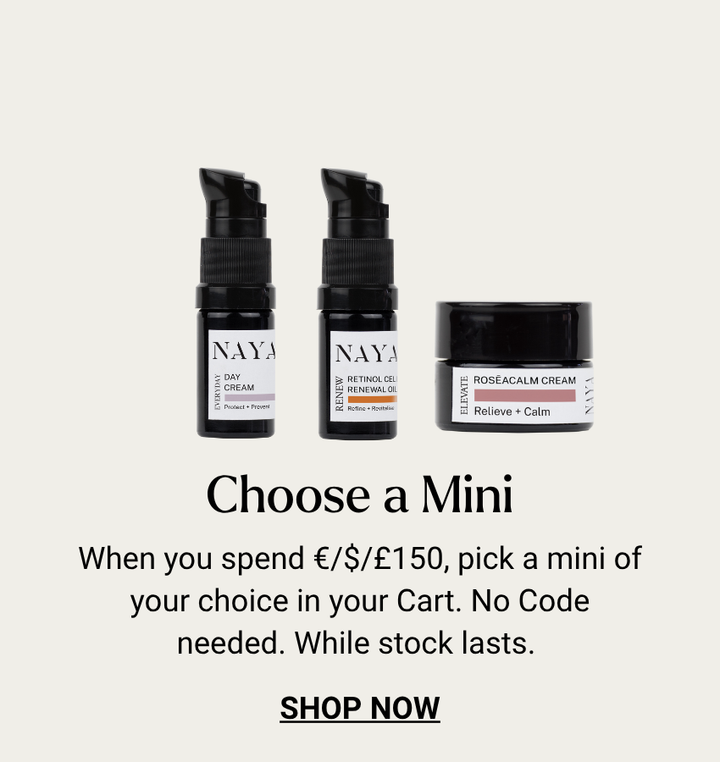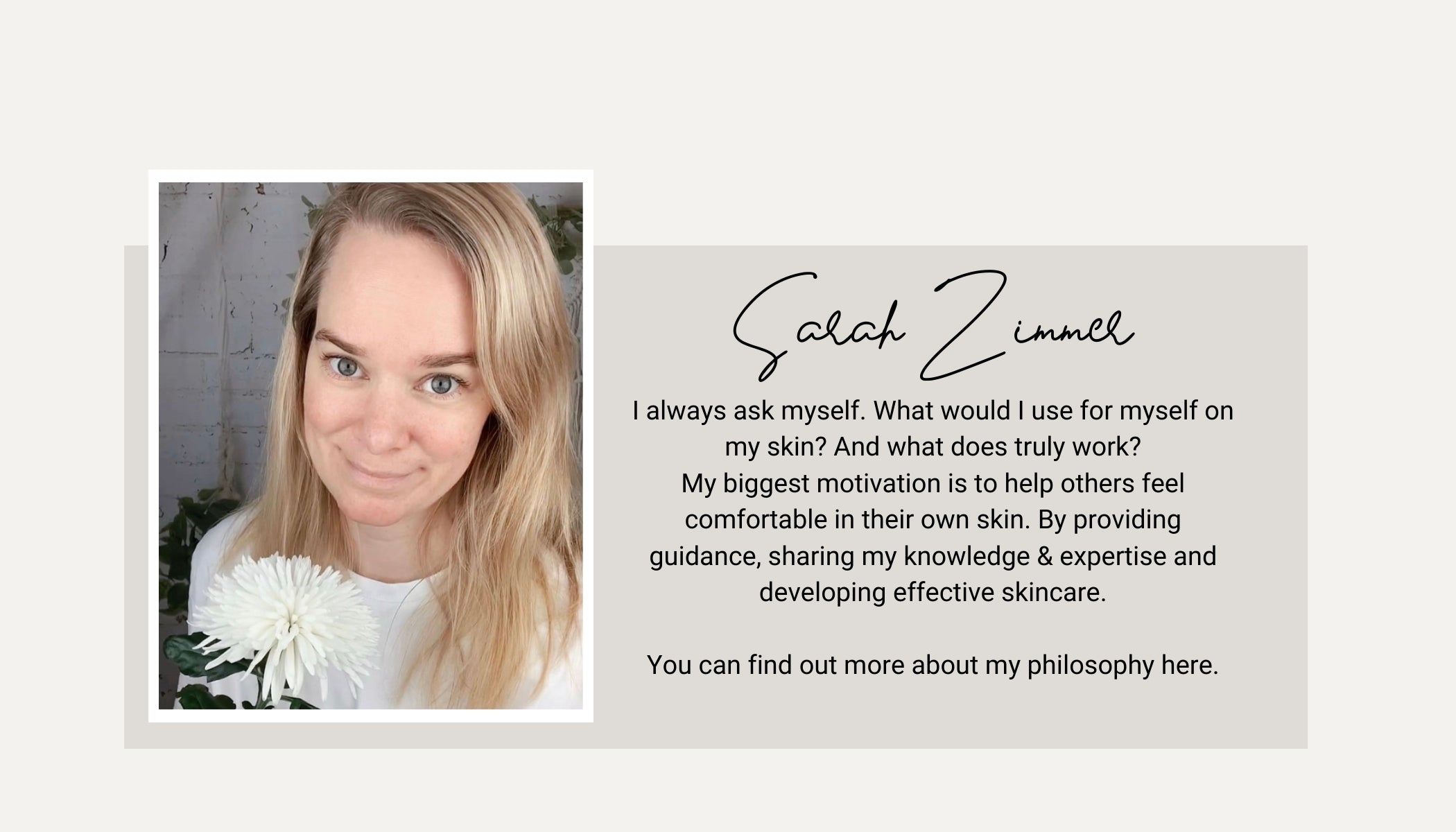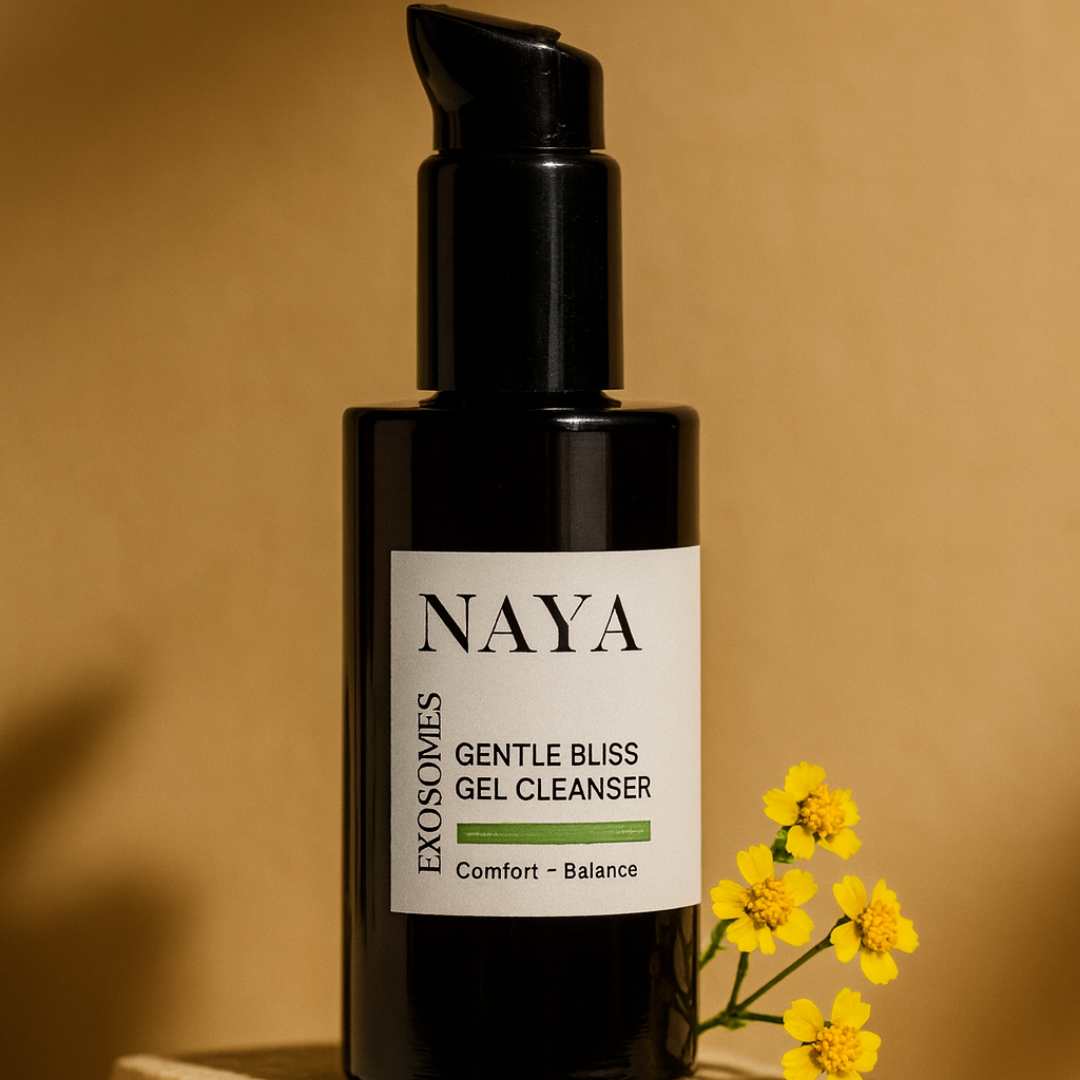How Mushrooms Can Help Solve Single-Use Plastic Waste
HOW CAN MUSHROOMS HELP SOLVE THE ISSUE OF SINGLE-USE PLASTIC?
What is neither a plant nor an animal, has over 1.5 million different varieties, is the most prolific recycler in the world and can be used to make everything from coffee to lampshades?
Mushrooms.

Their roots, called Mycelium, to be precise.
We have now introduced a bio-contributing mycelium gift box for our Everyday Essential Minis. We know many of you must be thinking ‘myceli-what?’
This handy breakdown of Mycelium 101 will hopefully help to explain the real magic in this mushroom packaging, and how it can help solve the issue of single-use plastic.
WHAT IS MYCELIUM?
Mycelium is the largest organism on the planet.
It is the branching, underground, root-like structure of mushrooms that enables the plants to communicate with one another and exchange nutrients.
You can think of it as Nature’s internet. An invisible network where connections, links and exchanges are happening unnoticed beneath our feet.
Mycelium is also Nature’s biggest recycler. It breaks down toxins, such as plastic or oil, turning them into available nourishment to help other living organisms thrive.
As it consumes organic matter and contaminating substances, mycelium branches out, quickly creating a web of thread-like filaments [hyphae]. These quick-growing filaments are what makes mycelium an efficient packaging solution. It takes around seven days to grow our mycelium packaging – and, then, approximately 40 days for them to biodegrade.
HOW DOES MYCELIUM TECHNOLOGY WORK?
The mycelium technology that makes this package possible. The process starts by upcycling natural crop fibres, such as corn husks and hemp, that are of no further use to regional farmers. Applying the same natural process that occurs in Nature, the mycelium works to break down these natural fibres. In doing so, they form their characteristic web of durable thread-like filaments that can be shaped and directed into various types of product packaging. This occurs inside an environmentally controlled vertical grow system within a matter of a week.
The result is a fully biodegradable, recyclable and compostable alternative to petroleum-based polymers in traditional packaging. It’s both lightweight and durable, as well as moisture and fire resistant. And, no, it does not mean your NAYA gift pack will sprout mushrooms at any point.
WHAT DOES IT MEAN FOR PLASTIC USAGE?
Mycelium provides a robust, sustainable alternative to plastic foams, such as polystyrene. Rather than break down into microbeads harmful to wildlife and marine habitats, the mycelium packaging breaks down into useful nutrients for the soil. This is what it means to be bio-contributing.
Sebastian Cox made lampshades with it and IKEA are replacing all their polystyrene with it. Mushrooms are the future of packaging solutions.
Considering the world currently generates 2.01 billion tonnes of solid waste annually, of which paper and cardboard make up 17% of global waste and plastic 12%*, we’re in need of a solution.
Mycelium is 100% home-compostable, so not only is it not contributing to global waste, but rather bio-contributing to the soil. Plus it uses only a fraction of the amount of energy needed to produce plastic or cardboard.
Now, we’re nearly ready to launch our Everyday Essential Kit made of this magical 100% natural material. Be sure to sign up to our newsletter to be among the first to know when it’s available.
Sources:
*World Bank 2020















Leave a comment